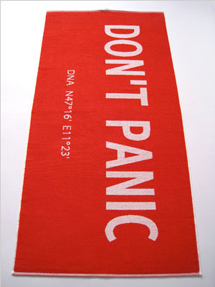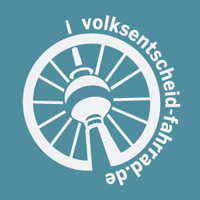Berlin – an impressive history and a pulsating city
Explore the traces of the 20th century and get an insight view to the cityscape of today.
No other city is so much aligned with the history of the 20th century, like Berlin. The dictatorship of the National Socialist with the ‘Führer’ Adolf Hitler, the last battle of World War II, the victory of the four Allied, the divided city, the Cold War, the erection of the Wall and finally the reunification of Berlin and Germany. It sounds unbelievable that all this is related to Berlin.
Find the past and explore how Berlin grows together to a new pulsating city. The different layers of the history are visible next to each other. The places of memorials are in the neighborhood of the classical heart of Berlin. New architecture of the 90s of Daniel Liebeskind and Frank O’Gehry are present as well as the postwar buildings of the Stalinallee. Visit the cityscape with has still a lot of open space, which is used by the best street art artists.
Enjoy Berlin with the bundle of three guided tours:
Berlin Sightseeing – Top 10 Highlights
Berlin – Karl-Marx-Allee / Stalinallee
Berlin – Street art, artworks in public space
Preview and download: Berlin – an impressive history and a pulsating city
Price: 3,99 US Dollar or 2,99 Euro. Requirement: The free app: EveryTrail

Posted by Uli Schuster at 11:36 am on September 9th, 2010.
Categories: English, Freunde der Stadt, Projekte. Tags: Berlin, iphone, sightseeing, Stadtführung.
A new guided tour for your iphone.

Berlin – the hotspot of the twentieth century.
From the Third Reich, over the divided city and the cold war to the fall of the Berlin Wall and reunification of Germany. All in one city. Berlin is really rich of landmarks of the history and the traces of the different chapters are visible. Find the past and get an impression how Berlin starts the 21st century. The city offers the memorials for victims of the Third Reich, like the Holocaust Memorial and for the soldiers of the Red Army. And new steps for the development of the city and the capital of Germany are visible with the parliaments area and the spectacular Jewish Museum. All complemented with the classical sights of the 18th and 19th century, like the Brandenburg Gate and the Reichstag Building.
The Top 10 Highlights plus two waypoints you should not miss (Watchtower + Memorial to Peter Fechter) are ready to explore.
Download the tour for just 1,59 Euro to your iphone: Berlin Sightseeing – Top 10 Highlights
Requirement: The free app: EveryTrail
Posted by Uli Schuster at 11:23 am on September 7th, 2010.
Categories: English, Freunde der Stadt, Projekte. Tags: Berlin, iphone, sightseeing, Stadtführung.
Zwei Führungen in englischer Sprache stehen zum download bereit. Zum Preis von 1,59 Euro können Sie sich aufmachen die Karl-Marx-Allee (ehem. Stalinallee) mit ihren imposanten Bauten und ihrer brisanten Geschichte zu entdecken. Oder sie ziehen durch die Kieze von Kreuzberg und Friedrichshain um beeindruckende Wandbilder von Street Art Künstlern aufzuspüren.
Installieren Sie sich die kostenlose App EveryTrail auf ihrem iphone und kaufen Sie sich für den Obolus von 1,59 Euro die Touren dazu. Eine Vorschau zu den Touren gibt es hier:
Tour: Berlin – Street art, artworks in public space
Tour: Berlin – Karl-Marx-Allee / Stalinallee
Posted by Uli Schuster at 11:04 pm on August 2nd, 2010.
Categories: Freunde der Stadt, Projekte. Tags: Berlin, iphone, Stadtführung, Streetart.



